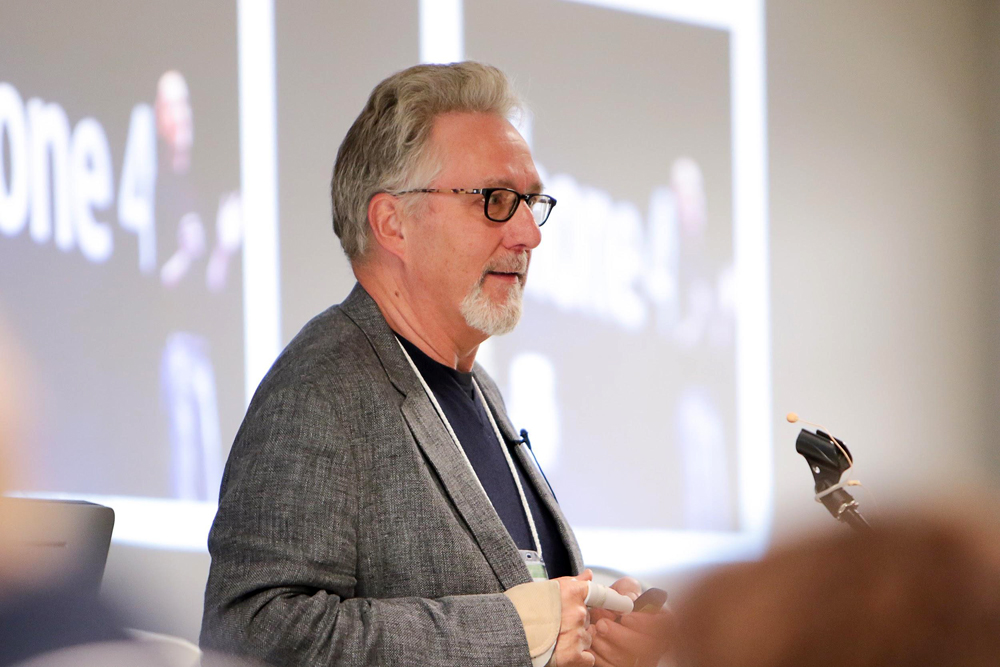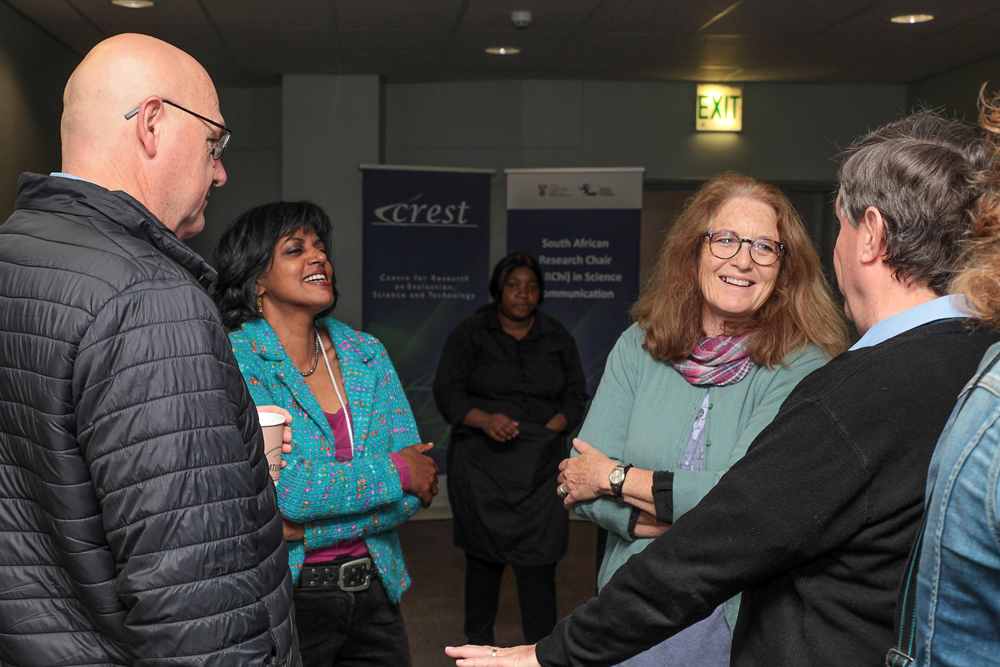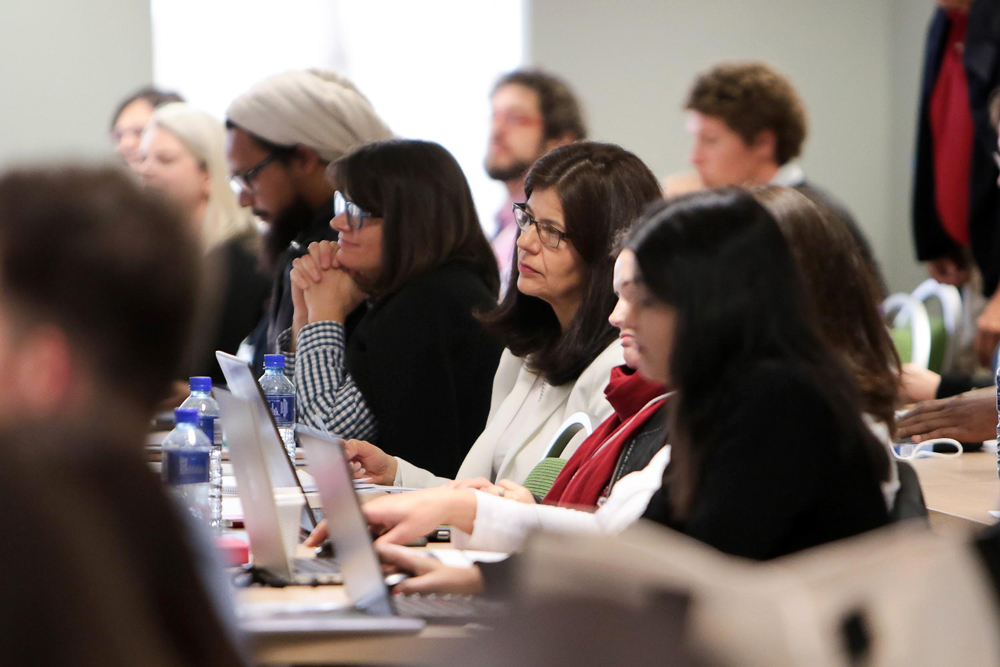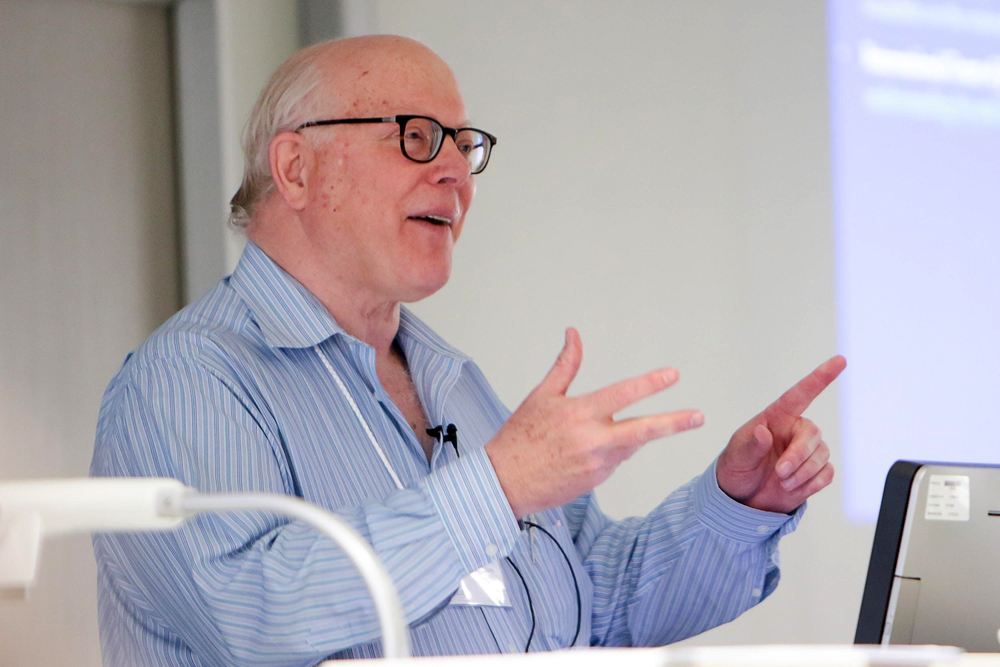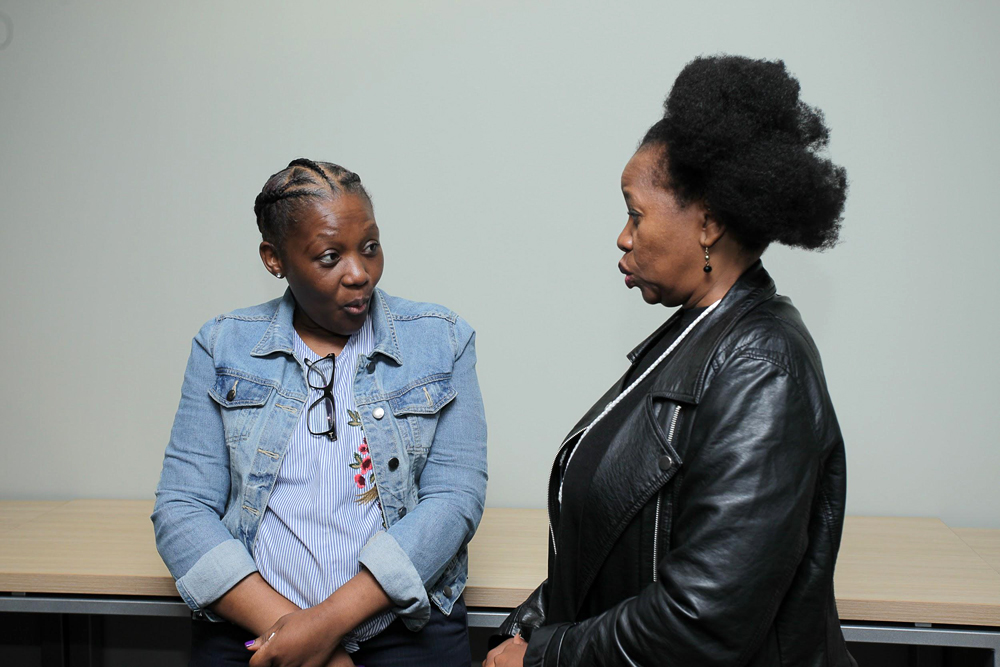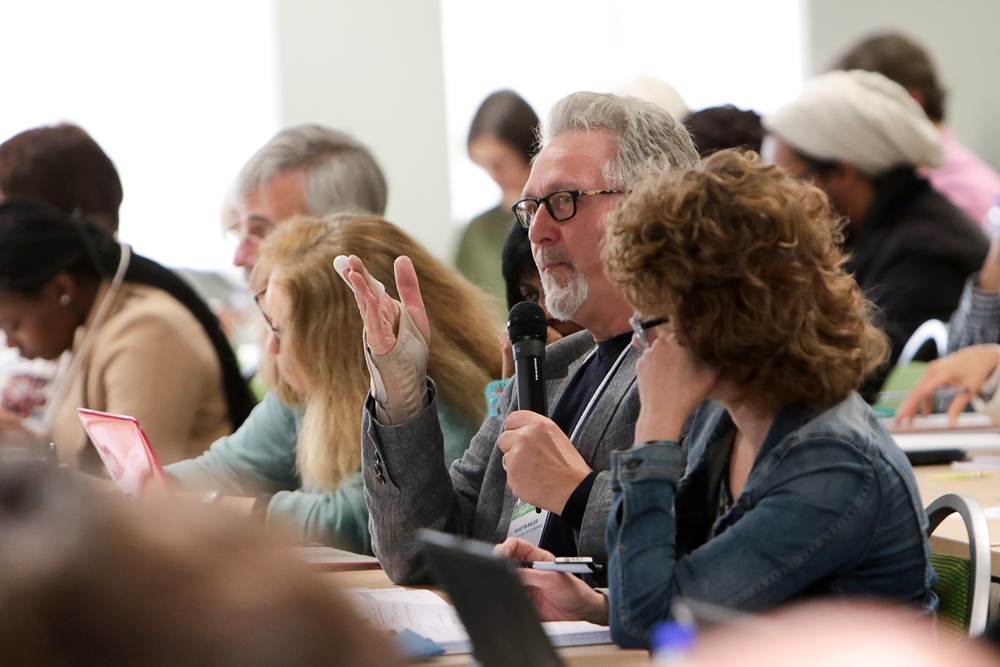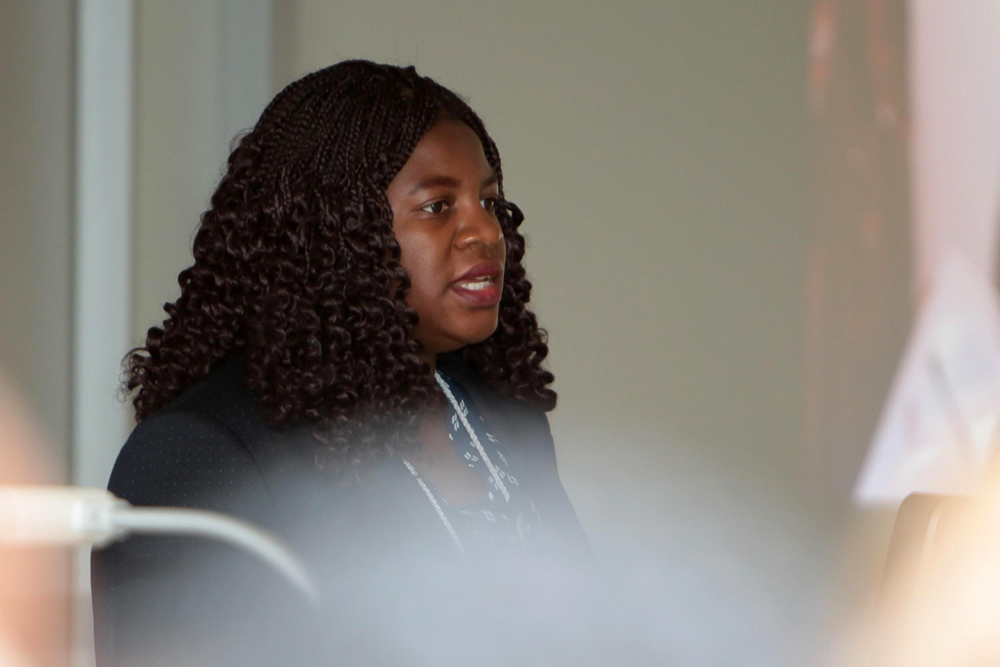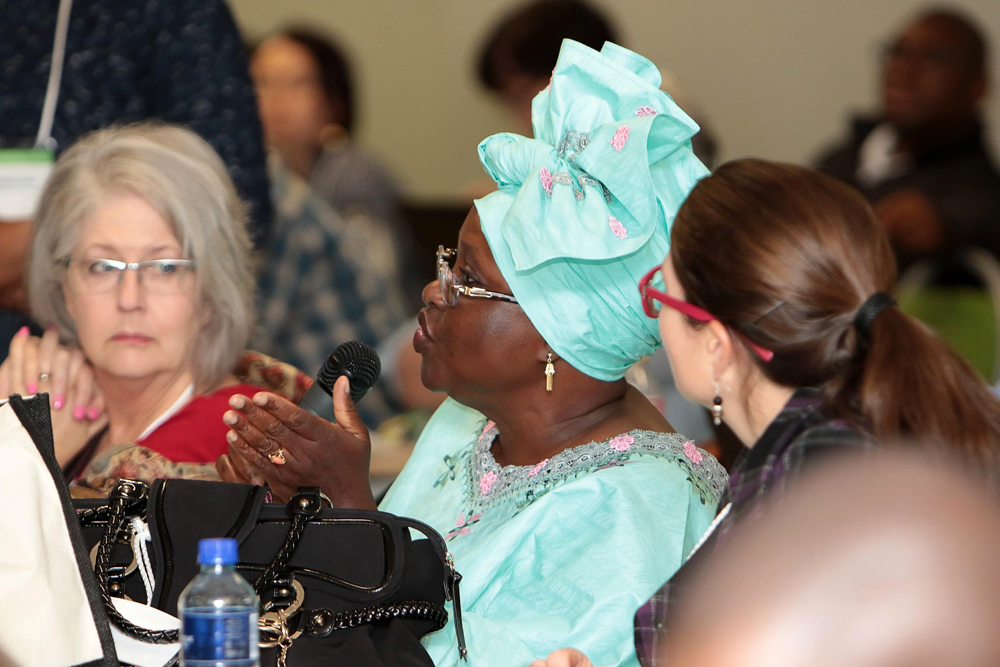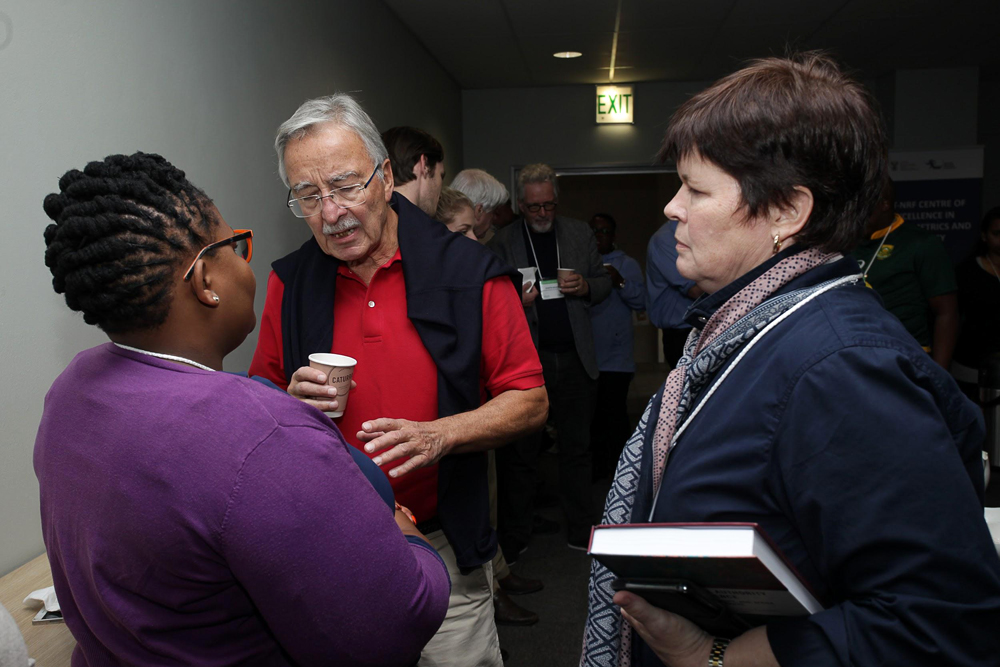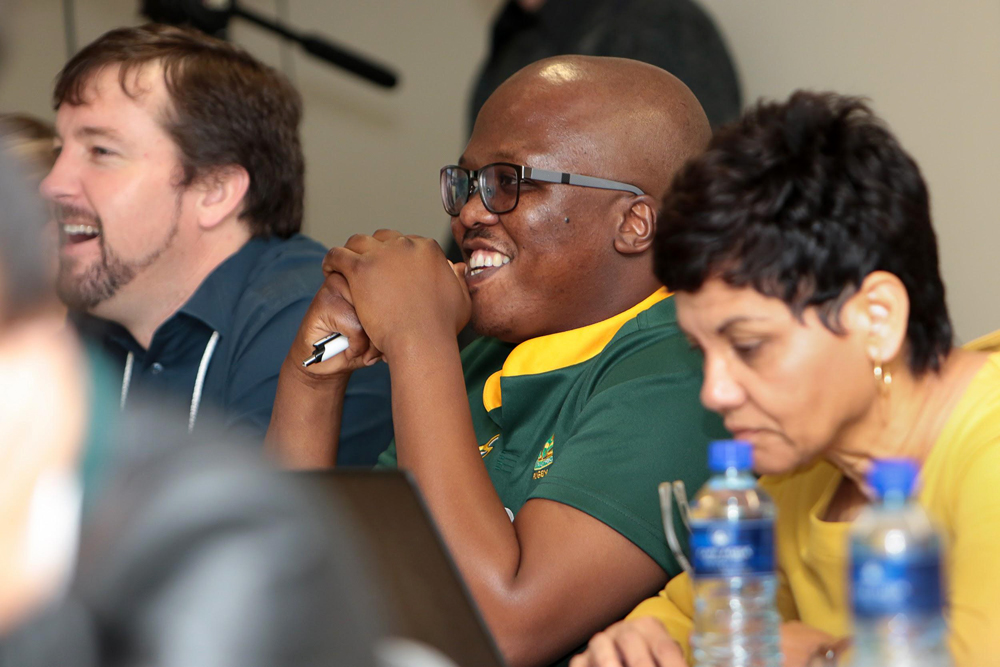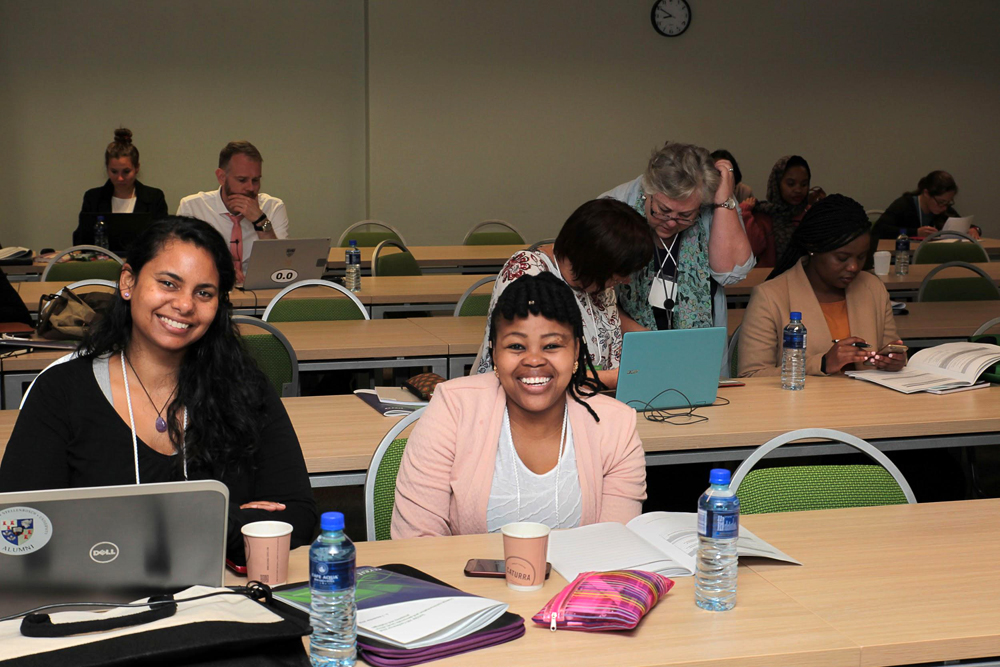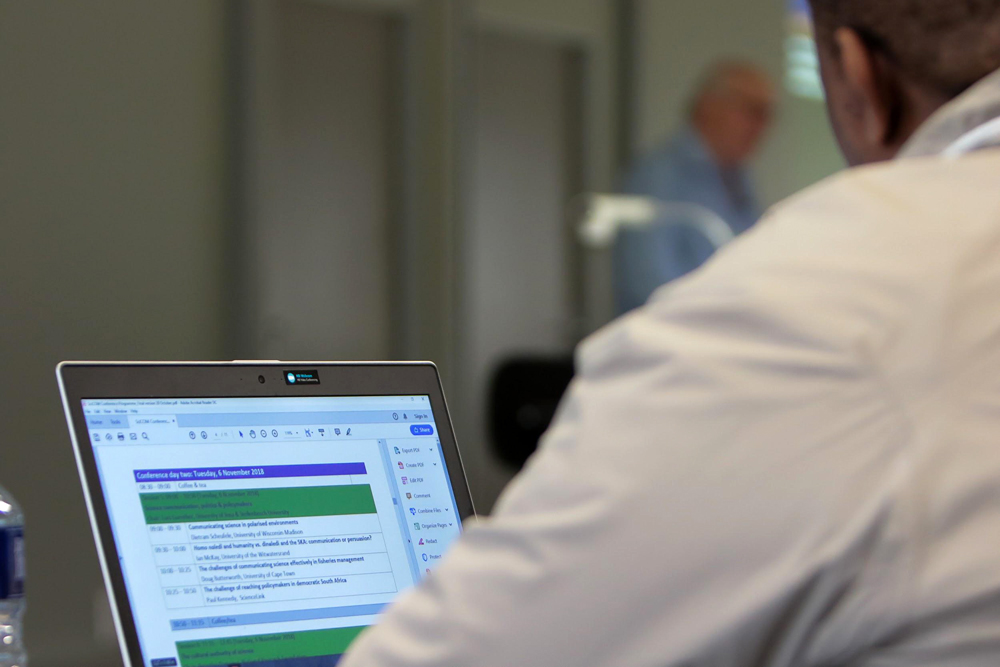6 November 2018
Day two of #SCICOM100 was all about science and politics, science and culture, and the evaluation of science communication and engagement efforts. We heard from researchers and practitioners about the theory and practice of reaching policymakers with useful research, before starting a discussion around the changing role of science as a cultural authority. Much of the day was taken up with stories of how to evaluate your science communication or engagement efforts, before concluding with a lively session about storytelling, hip hop and dance as vehicles for engaging meaningfully with diverse communities. South African palaeosciences took a front seat, with presentations from several communicators and researchers working at Maropeng and the DSI-NRF Centre of Excellence in Palaeosciences.

